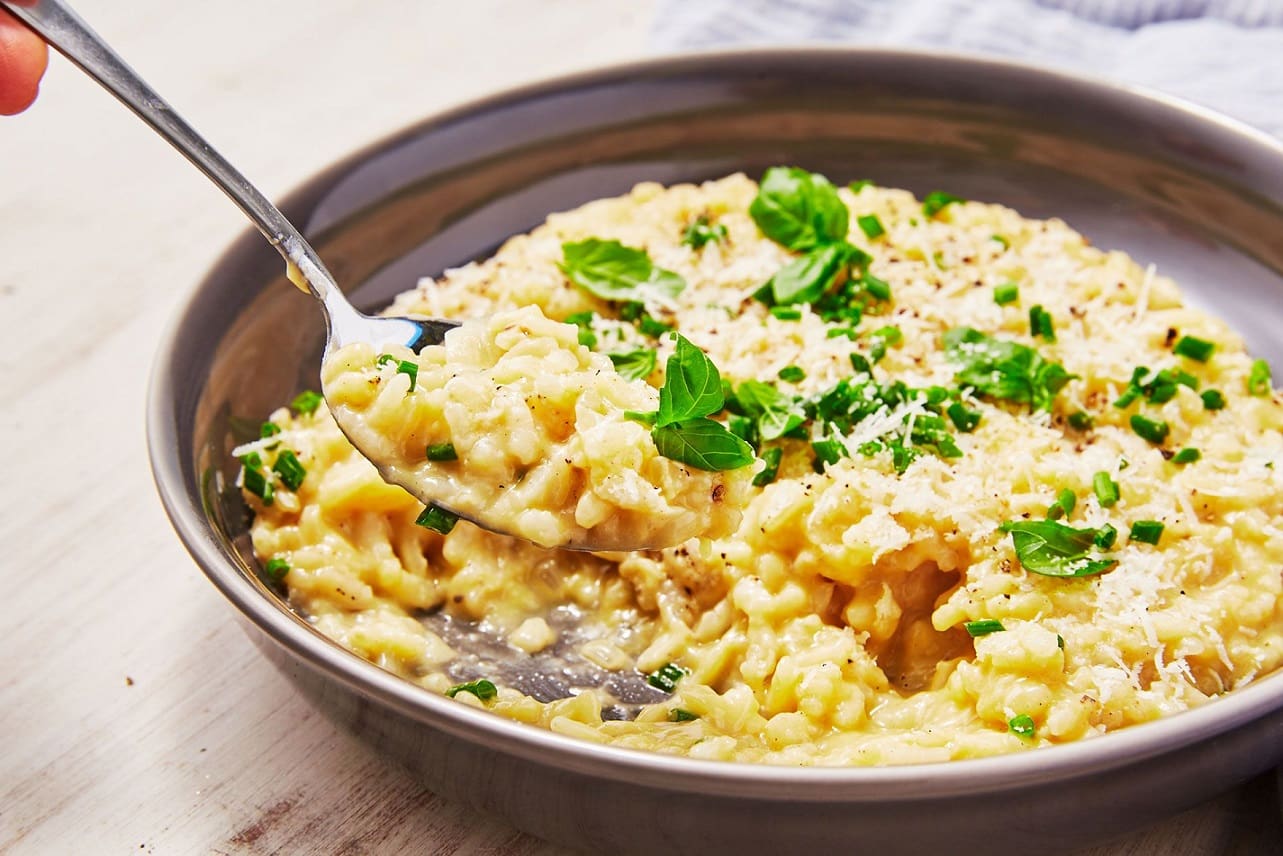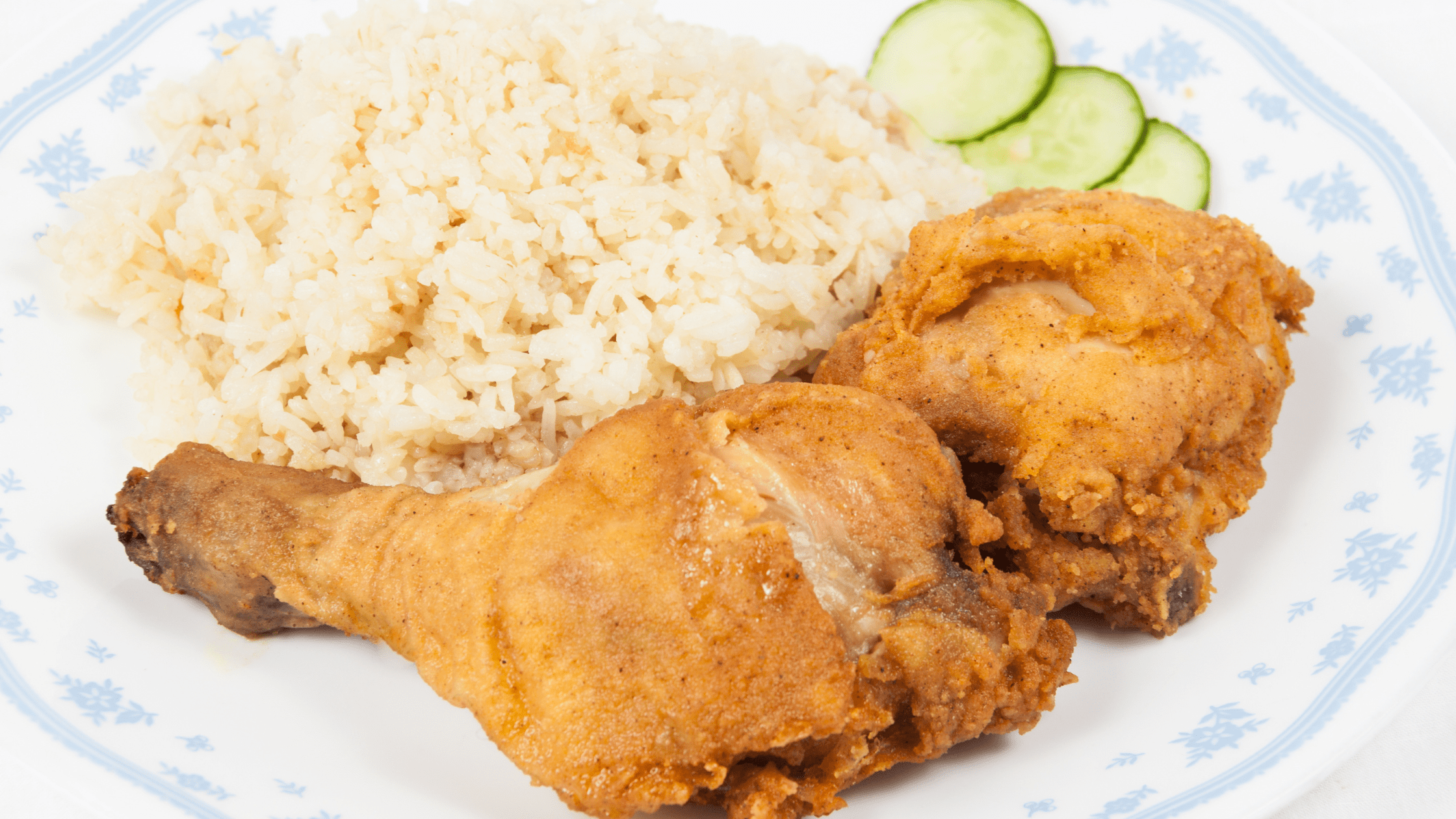Rice is a dietary staple for many cultures globally, with numerous varieties available. Two popular types often compared are jasmine and basmati rice. Both have unique properties suiting various cuisines. This article compares jasmine and basmati rice, their suitability for Mexican dishes, and best uses for jasmine rice.
Key Differences Between Jasmine and Basmati Rice
Jasmine and basmati rice have distinct flavors, textures, and aromas enhancing different dishes.
Jasmine Rice
- Grown mainly in Thailand
- Delicate floral aroma
- Slightly sticky texture when cooked
- Subtly sweet flavor
- Shorter, thicker grains
- Excellent with Asian cuisines like Thai and Vietnamese
Basmati Rice
- Cultivated primarily in Indian subcontinent
- Nutty aroma
- Long, slender grains
- Light, fluffy texture when cooked
- Grains remain separate
- Ideal for biryanis, pilafs, Indian and Middle Eastern dishes
- Aging process enhances distinctive flavor and aroma
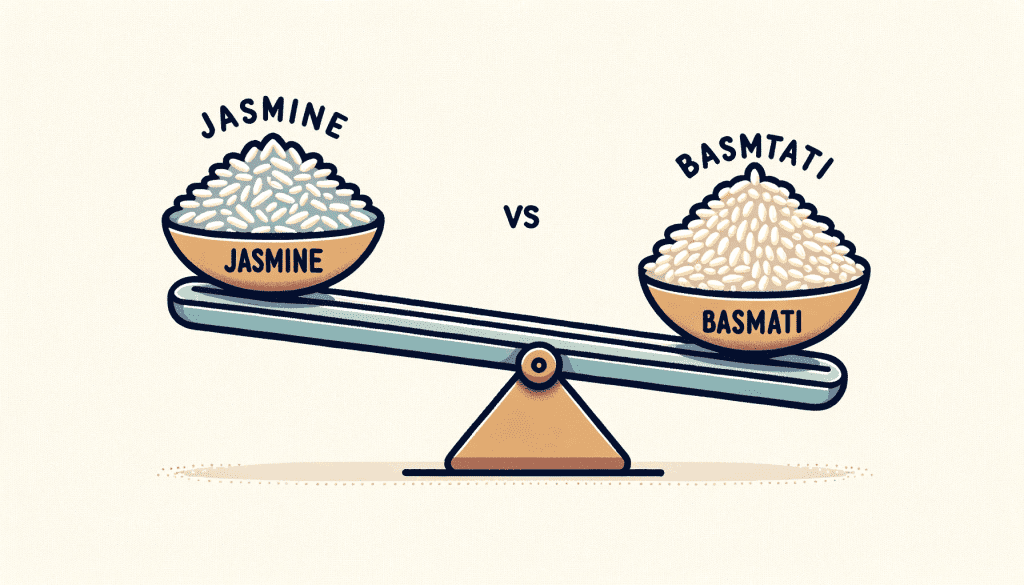
Key Differences Between Jasmine and Basmati Rice
Key Differences Between Jasmine and Basmati Rice
| Characteristic | Jasmine Rice | Basmati Rice |
|---|---|---|
| Main Cultivation Region | Thailand | Indian Subcontinent |
| Aroma | Delicate, floral | Nutty |
| Texture When Cooked | Sticky | Light, fluffy |
| Grain Shape | Short, thick | Long, slender |
| Dishes Best Suited For | Asian cuisines like Thai, Vietnamese | Biryani, pilaf, Indian and Middle Eastern |
Which is Better for Mexican Rice Dishes?
Traditional Mexican rice uses medium or long grain varieties, not jasmine or basmati. However, between the two, basmati may be better for Mexican rice as it remains fluffy and separate when cooked. Mexican rice needs individual, non-sticky grains, which basmati fulfills better than slightly stickier jasmine.
Best Uses for Jasmine Rice
Jasmine rice is best known for:
- Aromatic, floral fragrance
- Slightly sweet flavor
- Excellent companion to strong-flavored curries, stir-fries, and other Asian dishes
- Sticky texture great for sushi, helping ingredients stick together
In summary, whether jasmine or basmati rice is better depends on personal taste and the dish. Both uniquely enhance different cuisines. For Mexican rice, basmati may be more suitable to remain fluffy and separate. However, traditional medium or long grain rice is recommended for authentic Mexican dishes. Jasmine rice adds a fragrant touch to Asian-inspired meals with its floral aroma and sweetness.
Frequently Asked Questions About Jasmine and Basmati Rice
Is jasmine or basmati rice healthier?
Both jasmine and basmati rice are healthy options. They have similar nutritional profiles, with high carbohydrates, some protein, few vitamins and minerals. Basmati has slightly lower carbs and more fiber than jasmine. Overall, they are both nutritious additions to a balanced diet.
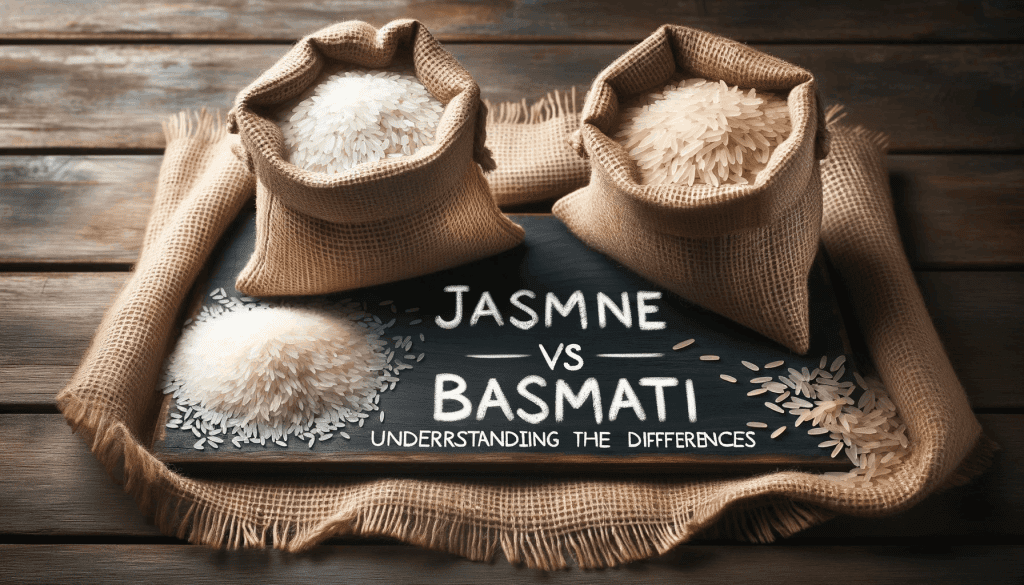
Nutrition Facts per 100g of Cooked Rice
| Nutrient | Jasmine Rice | Basmati Rice |
|---|---|---|
| Calories | 363 | 350 |
| Carbohydrates | 79 g | 74 g |
| Protein | 8 g | 8 g |
| Fiber | 1 g | 2 g |
| Fat | 0 g | 1 g |
Which has a lower glycemic index?
Basmati rice has a lower glycemic index than jasmine rice, meaning it does not spike blood sugar as quickly. Basmati’s GI ranges 58-69, while jasmine rice GI is around 90. This makes basmati a better choice for managing blood sugar.
How do you cook perfect jasmine rice?
To cook fluffy, aromatic jasmine rice:
- Use a rice to water ratio of 1:1.25
- Rinse rice before cooking to remove excess starch
- Bring water to a boil, add rice, then reduce heat to low
- Cook covered for 15-20 minutes until water is absorbed
- Fluff rice with a fork before serving
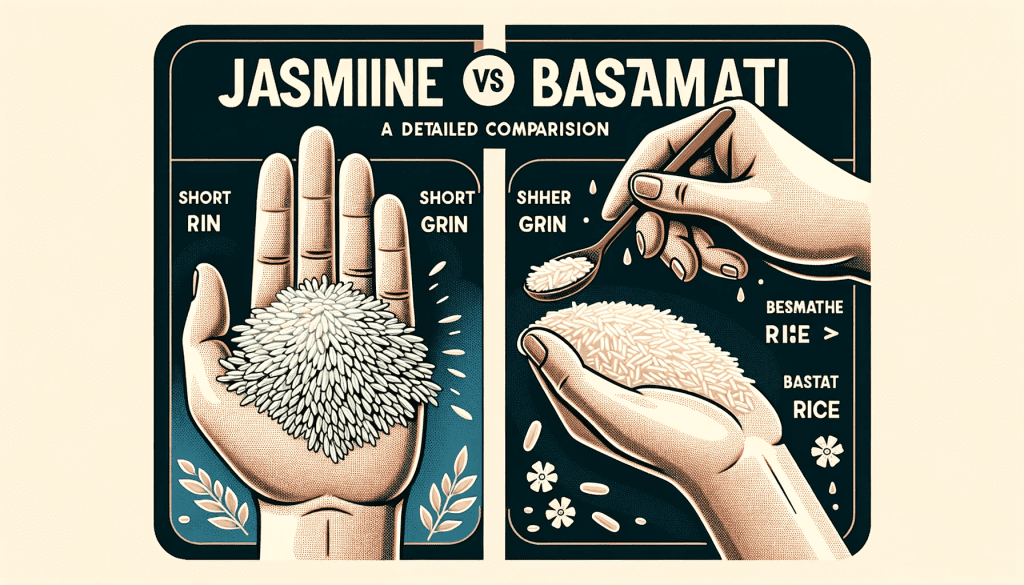
Tips for Cooking Jasmine Rice
Tips for Cooking Jasmine Rice
| Tip | Details |
|---|---|
| Rice to Water Ratio | 1:1.25 |
| Rinsing | Rinse rice to remove excess starch |
| Cooking Method | Bring water to boil, add rice, reduce heat to low |
| Cooking Time | 15-20 minutes |
| Fluffing | Fluff with fork before serving |
Can you use jasmine and basmati rice interchangeably?
Jasmine and basmati rice cannot be used interchangeably in most dishes due to their different textures, flavors, and aromas. Jasmine is stickier and more fragrant, while basmati is fluffier and nuttier. Substituting one for the other would significantly alter the dish. It’s best to use the type of rice recommended in a recipe.
Which rice is more expensive?
Basmati rice generally costs more than jasmine rice due to lower yields, longer aging process, and import costs from the Indian subcontinent. The process for growing high quality basmati also makes it pricier. However, both remain relatively affordable staple grains.
